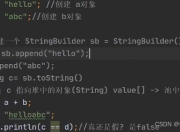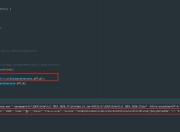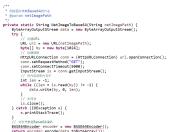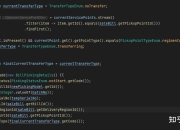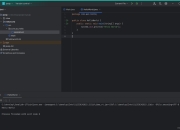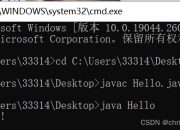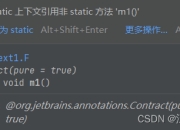在Java开发中,文件和文件夹操作是最基础也是最重要的功能之一。无论是简单的数据存储,还是复杂的系统架构,都离不开对文件系统的操作。本文将全面介绍Java中文件夹的各种操作方法,帮助开发者掌握从基础到高级的文件管理技巧。
一、Java文件夹基础操作
1.1 创建文件夹
在Java中创建文件夹主要有两种方式:

// 方法1:使用File类的mkdir()方法
File dir1 = new File("myFolder");
boolean isCreated1 = dir1.mkdir();
// 方法2:使用File类的mkdirs()方法(可创建多级目录)
File dir2 = new File("parent/child/grandchild");
boolean isCreated2 = dir2.mkdirs();
mkdir()只能创建单级目录,而mkdirs()可以创建多级目录结构。在实际开发中,mkdirs()通常更为实用。
1.2 检查文件夹是否存在
File folder = new File("path/to/folder");
if(folder.exists() && folder.isDirectory()) {
System.out.println("文件夹存在");
} else {
System.out.println("文件夹不存在");
}
1.3 删除文件夹
File folder = new File("folderToDelete");
boolean isDeleted = folder.delete();
// 递归删除非空文件夹
public static void deleteFolder(File folder) {
File[] files = folder.listFiles();
if(files != null) {
for(File f: files) {
if(f.isDirectory()) {
deleteFolder(f);
} else {
f.delete();
}
}
}
folder.delete();
}
二、高级文件夹操作
2.1 遍历文件夹
Java提供了多种遍历文件夹的方法:
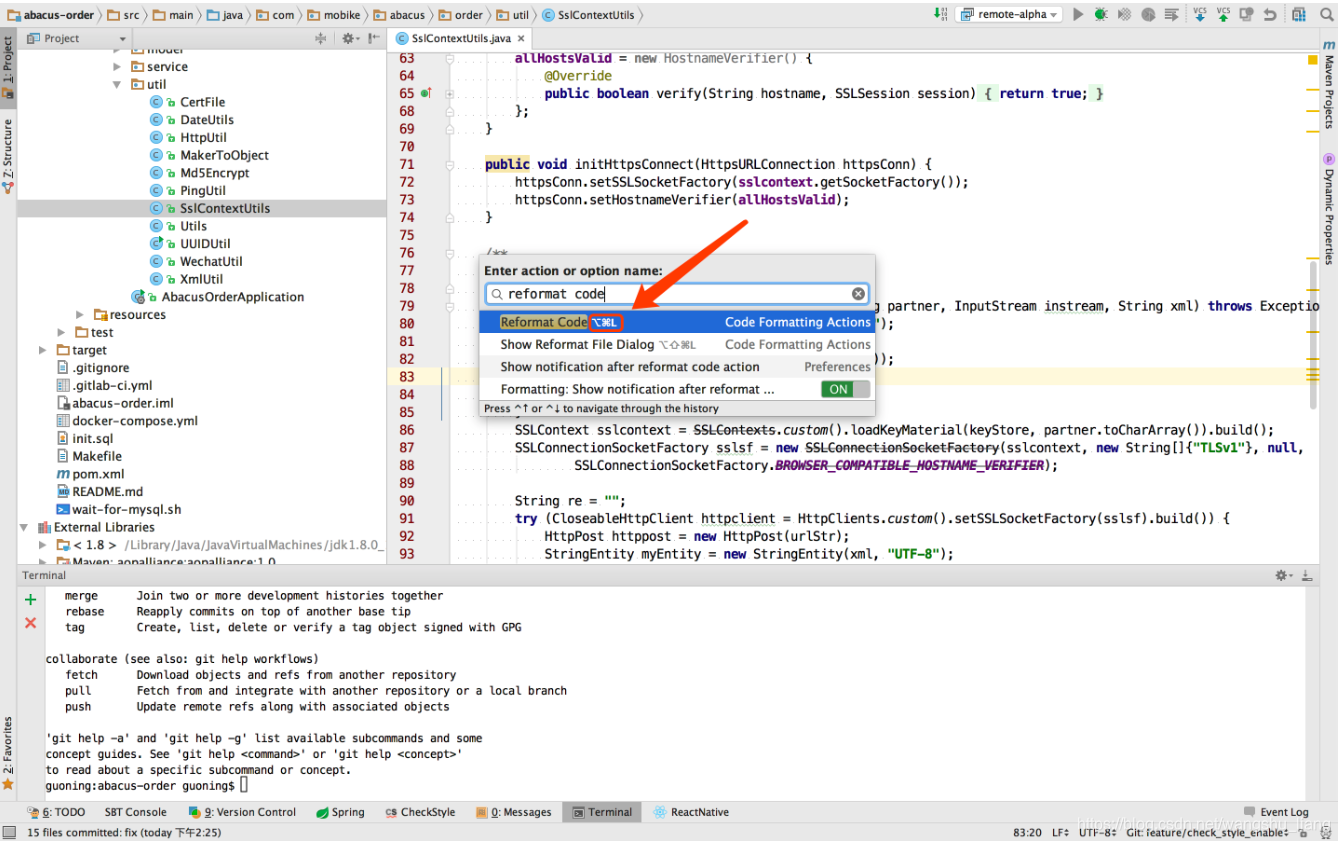
// 方法1:使用listFiles()
File folder = new File("path");
File[] files = folder.listFiles();
// 方法2:使用Files.walk() (Java 8+)
Path start = Paths.get("path");
Files.walk(start)
.forEach(System.out::println);
// 方法3:使用DirectoryStream
try (DirectoryStream<Path> stream = Files.newDirectoryStream(Paths.get("path"))) {
for (Path file: stream) {
System.out.println(file.getFileName());
}
}
2.2 文件夹过滤
// 只列出.txt文件
File dir = new File("path");
File[] textFiles = dir.listFiles(new FilenameFilter() {
public boolean accept(File dir, String name) {
return name.toLowerCase().endsWith(".txt");
}
});
// Java 8 Lambda表达式写法
File[] javaFiles = dir.listFiles((d, name) -> name.endsWith(".java"));
2.3 文件夹监控
使用WatchService API可以监控文件夹变化:
Path path = Paths.get("path/to/watch");
WatchService watchService = FileSystems.getDefault().newWatchService();
path.register(watchService,
StandardWatchEventKinds.ENTRY_CREATE,
StandardWatchEventKinds.ENTRY_DELETE,
StandardWatchEventKinds.ENTRY_MODIFY);
WatchKey key;
while ((key = watchService.take()) != null) {
for (WatchEvent<?> event : key.pollEvents()) {
System.out.println("Event kind:" + event.kind() + ". File affected: " + event.context());
}
key.reset();
}
三、性能优化与最佳实践
- 缓冲IO操作:对于频繁的文件操作,使用BufferedInputStream/BufferedOutputStream
- NIO提升性能:对于大量文件操作,考虑使用Java NIO的Files和Paths类
- 正确处理异常:始终处理IOException和SecurityException
- 路径处理:使用Paths.get()和resolve()代替字符串拼接
- 资源清理:使用try-with-resources确保资源释放
四、实际应用案例
4.1 批量重命名文件
File dir = new File("photos");
File[] files = dir.listFiles();
int counter = 1;
for (File file : files) {
String newName = "vacation_" + (counter++) + ".jpg";
file.renameTo(new File(dir, newName));
}
4.2 查找重复文件
通过比较文件哈希值来查找重复文件:
public static void findDuplicates(Path dir) throws IOException {
Map<String, List<Path>> filesByHash = new HashMap<>();
Files.walk(dir)
.filter(Files::isRegularFile)
.forEach(file -> {
try {
String hash = getFileHash(file);
filesByHash.computeIfAbsent(hash, k -> new ArrayList<>()).add(file);
} catch (IOException e) {
e.printStackTrace();
}
});
filesByHash.values().stream()
.filter(list -> list.size() > 1)
.forEach(System.out::println);
}
private static String getFileHash(Path file) throws IOException {
MessageDigest md = MessageDigest.getInstance("SHA-256");
byte[] fileBytes = Files.readAllBytes(file);
byte[] hashBytes = md.digest(fileBytes);
return Base64.getEncoder().encodeToString(hashBytes);
}
五、常见问题解答
Q1: 如何获取文件夹大小?
A: 递归遍历所有子文件夹和文件,累加文件大小:
public static long getFolderSize(File folder) {
long length = 0;
File[] files = folder.listFiles();
if (files != null) {
for (File file : files) {
if (file.isFile()) {
length += file.length();
} else {
length += getFolderSize(file);
}
}
}
return length;
}
Q2: 如何复制整个文件夹?
A: 使用递归方法复制文件夹及其内容:
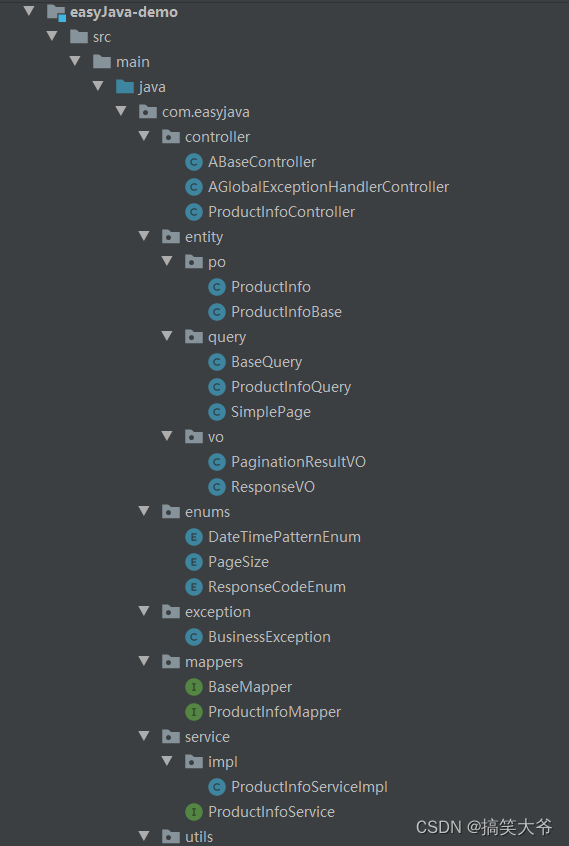
public static void copyFolder(File source, File destination) throws IOException {
if (source.isDirectory()) {
if (!destination.exists()) {
destination.mkdir();
}
String[] files = source.list();
if (files != null) {
for (String file : files) {
File srcFile = new File(source, file);
File destFile = new File(destination, file);
copyFolder(srcFile, destFile);
}
}
} else {
Files.copy(source.toPath(), destination.toPath(),
StandardCopyOption.REPLACE_EXISTING);
}
}
通过本文的学习,你应该已经掌握了Java中文件夹操作的各种技巧。从基础的创建、删除,到高级的遍历、监控,再到性能优化和实际应用,这些知识将帮助你在日常开发中更高效地处理文件系统操作。记住,良好的文件管理习惯不仅能提升代码质量,还能显著提高应用程序的性能和可靠性。
版权声明
本文仅代表作者观点,不代表百度立场。
本文系作者授权百度百家发表,未经许可,不得转载。

